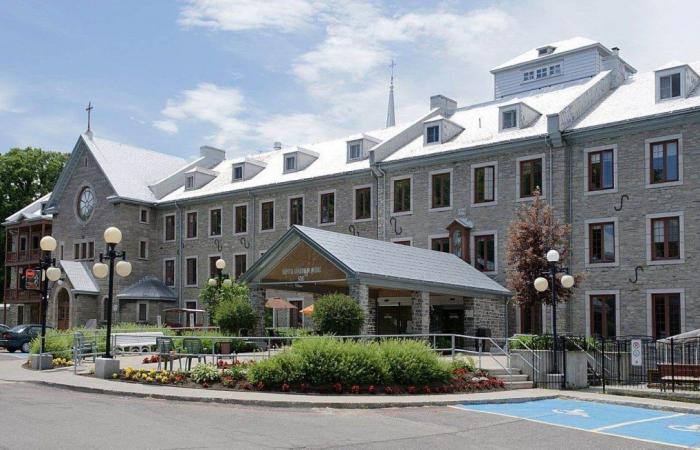Work carried out near the former Augustines General Hospital in Quebec City led to the discovery of what appears to be a mass grave of British soldiers who died during the Conquest. The grave was located on Saint-Anselme Street, in front of the Quebec General Hospital monastery, in the heart of the Saint-Roch district. The city was carrying out roadworks there.
During the Conquest, the Augustinian sisters treated thousands of soldiers from both camps at this location. Many had fought on the Plains of Abraham (1759), but they also received wounded from the Battle of Sainte-Foy (1760). Hundreds of British soldiers died during these clashes.
Twenty-three bodies have been discovered so far, all male. The remains of a child of about one year old were also found in the grave.
Quebec City insists that the discovery of a grave of British soldiers is a “hypothesis,” but the clues are eloquent. “Obviously, archaeologists cannot prove it beyond a reasonable doubt, but it corresponds to all the information we currently find in the archives,” explained Denis Robitaille, project manager for the Augustines, on Friday during a visit organized by Quebec City.
“The tumult after the battle”
In their archives, the nuns write that they placed the soldiers’ bodies in a pit northeast of the Catholic cemetery, and that’s precisely where the bones were found. “The sisters say, ‘We have at least 1,000 wounded to care for at the same time here in the hospital,'” Robitaille said. “It was period care, like amputations and all that, so they even talk about piles of limbs. So it was the tumult after the battle.”
Work by archaeologists suggests the bodies have been there since the 18th century.e century, and a lead bullet was found on the site which was used, explained archaeologist Caroline Parent, project manager for the City. “We see that there are fractures which indicate a violent event, which would have caused significant injuries which did not necessarily cause death. Other bones show signs of amputation, suggesting that emergency treatment was provided. »
An unparalleled discovery
In 2011, the remains of a soldier were discovered during construction work on the Lassonde Pavilion at the Musée national des beaux-arts du Québec (MNBAQ). Bones of combatants from the Battle of Sainte-Foy were also found in the 1850s on the current site of Parc des Braves.
This is nevertheless an unprecedented discovery, according to Luc Nicole-Labrie, coordinator of historical mediation at the National Battlefields Commission. “To our knowledge, nothing equivalent has been found for that period, for that type of soldier.”
“It’s very moving,” Mr. Nicole-Labrie also mentioned. When we have 260 years of hindsight on a historical event, it is sometimes hard to remember that an army, on a battlefield, is made up of thousands of people. It reminds us that there was a real human cost to this, that there were people who died, who fought for this. »
With Dave Noel






